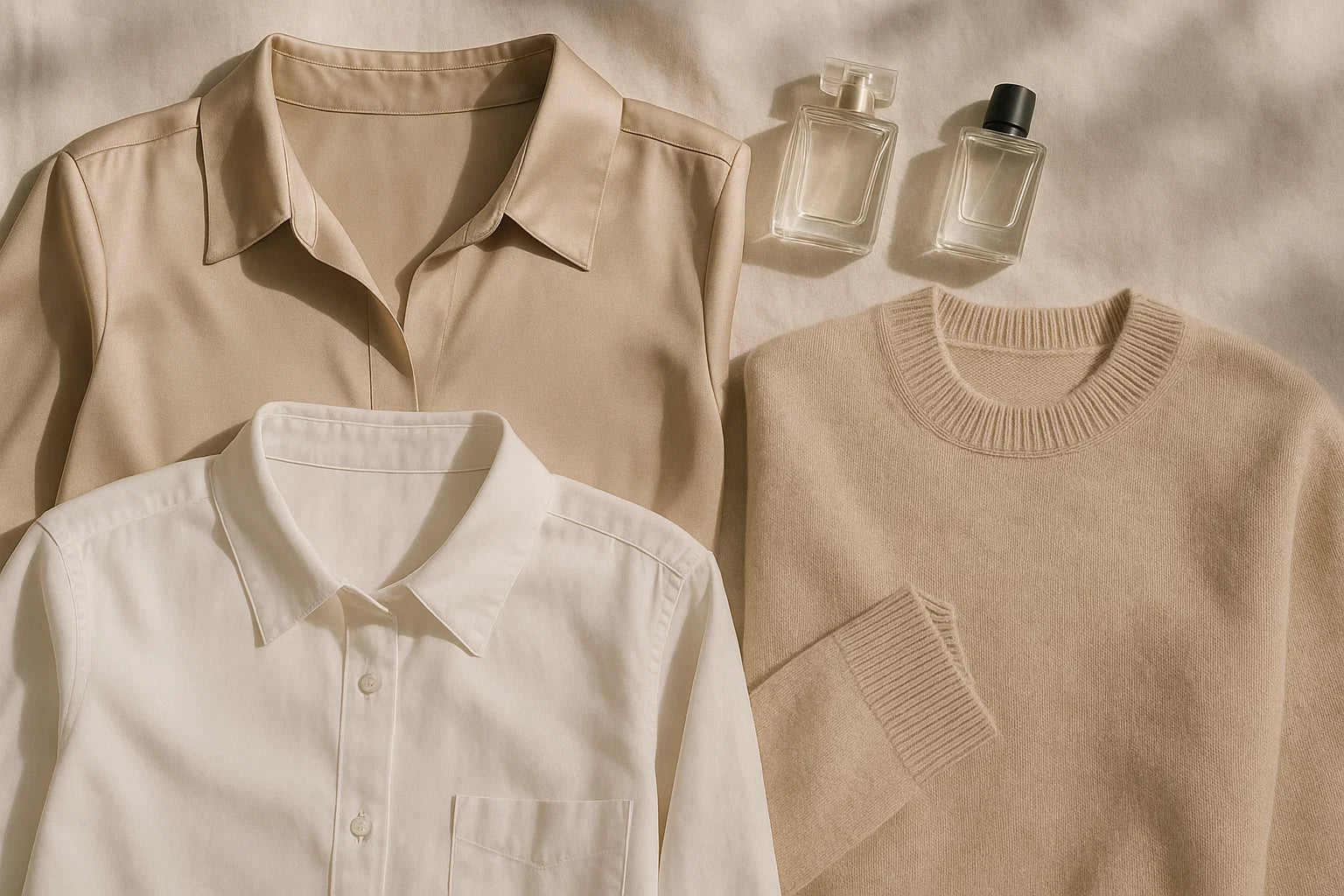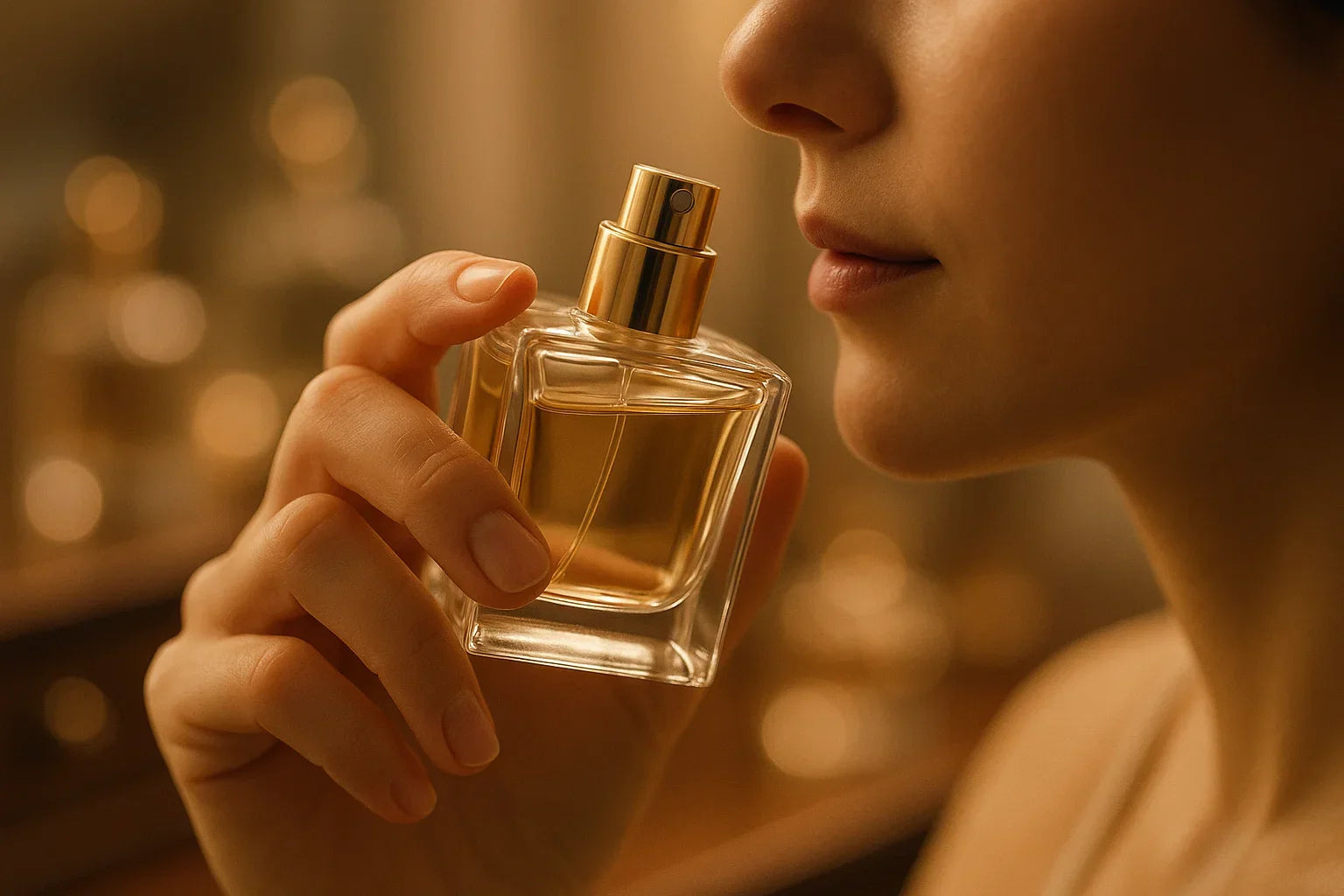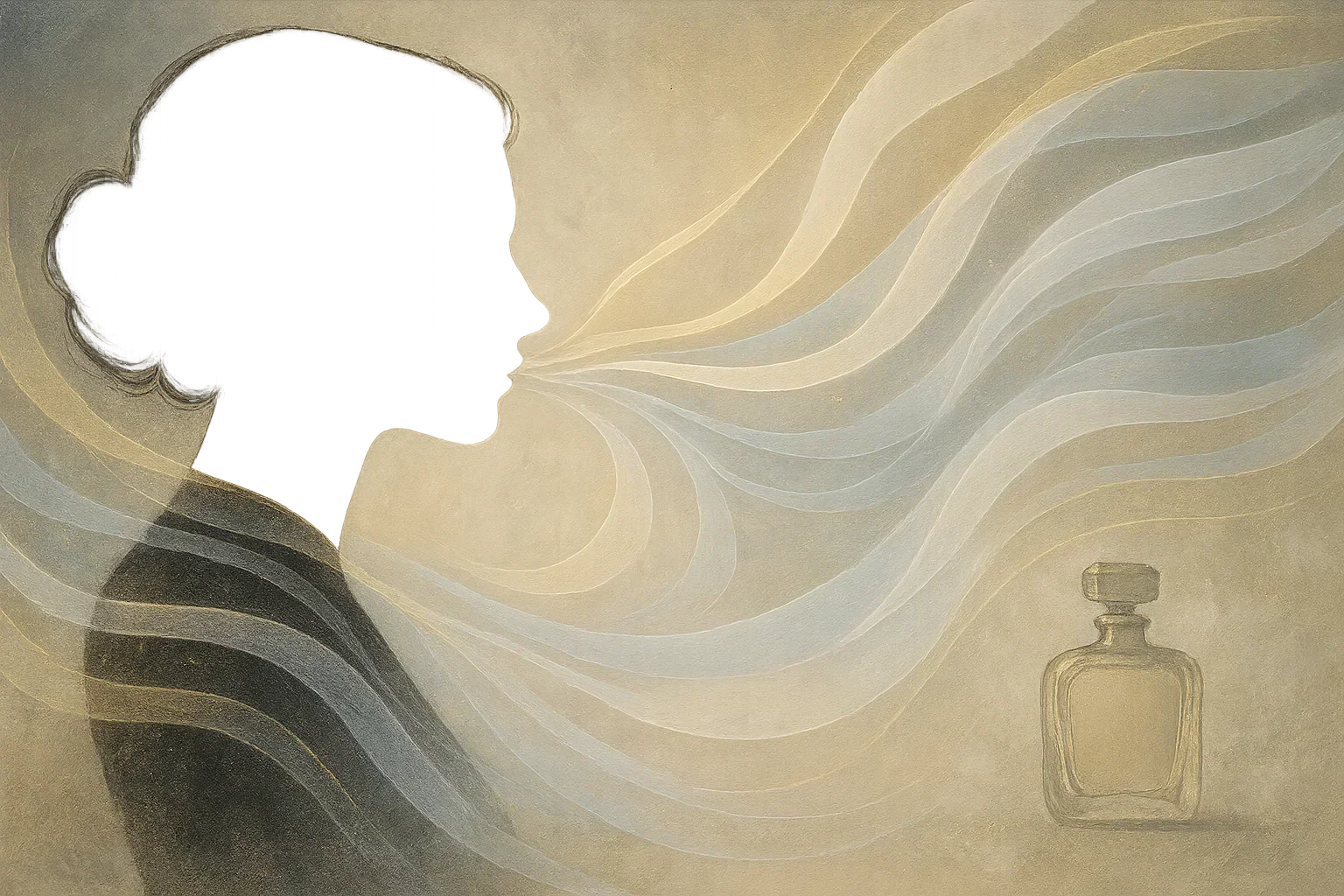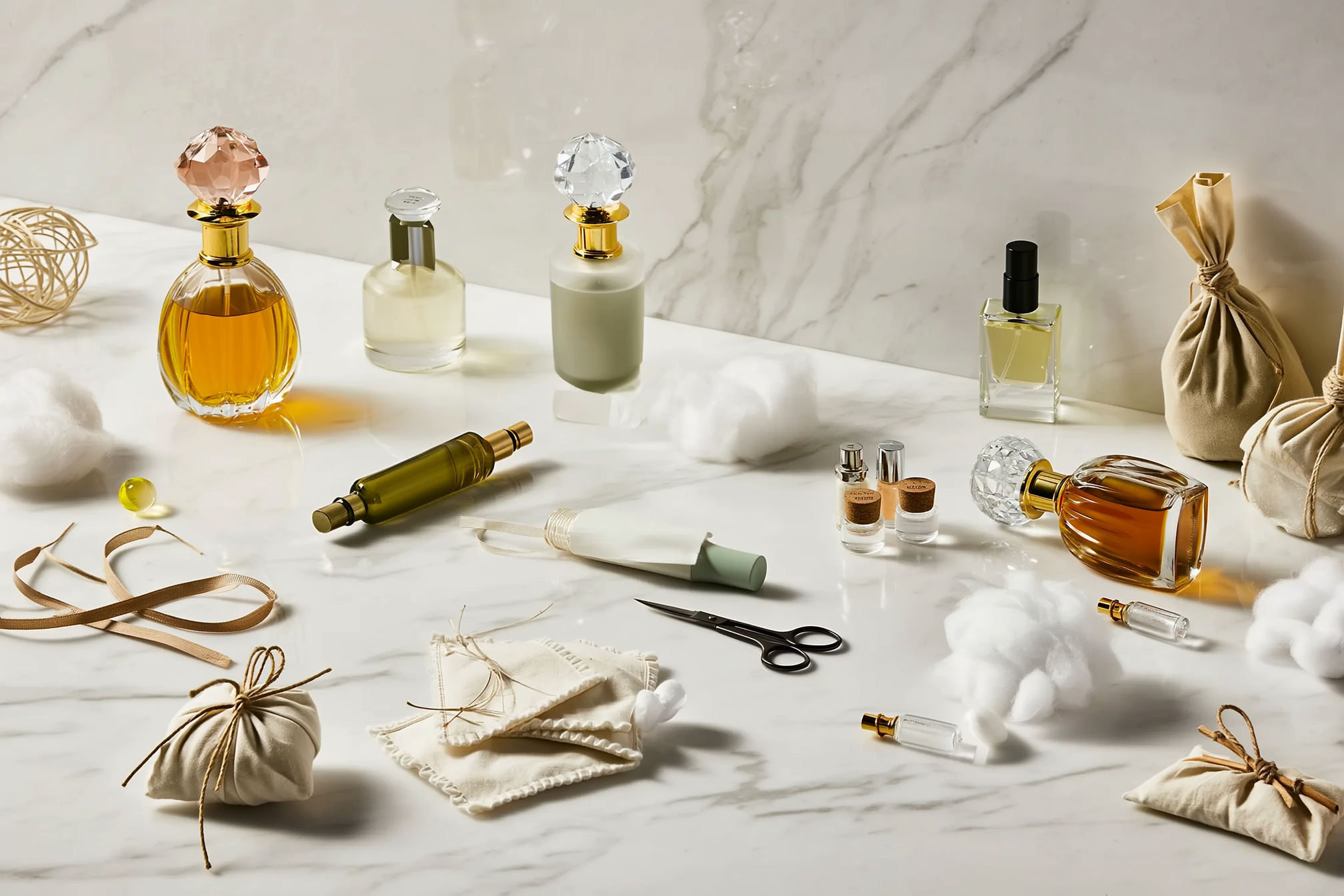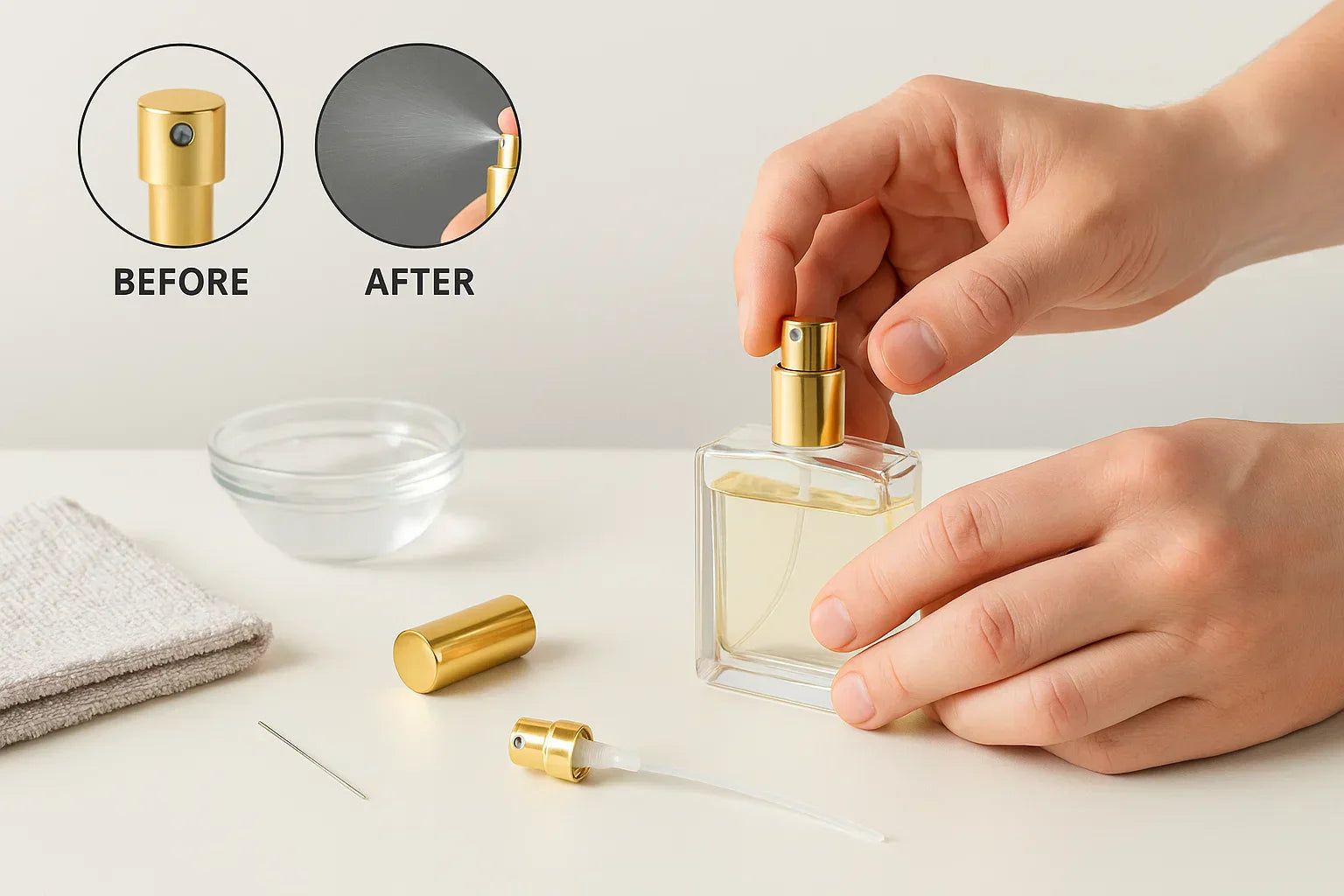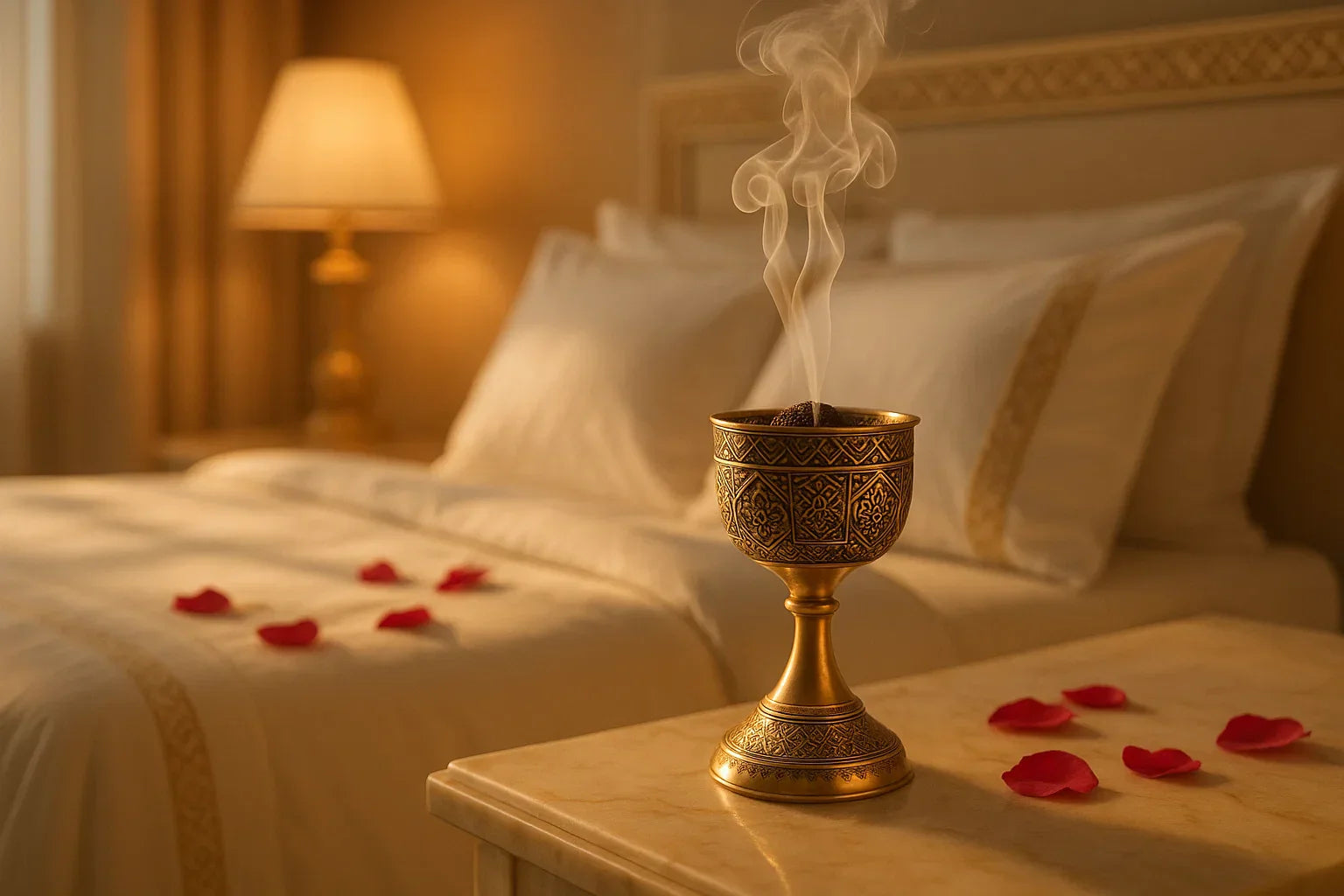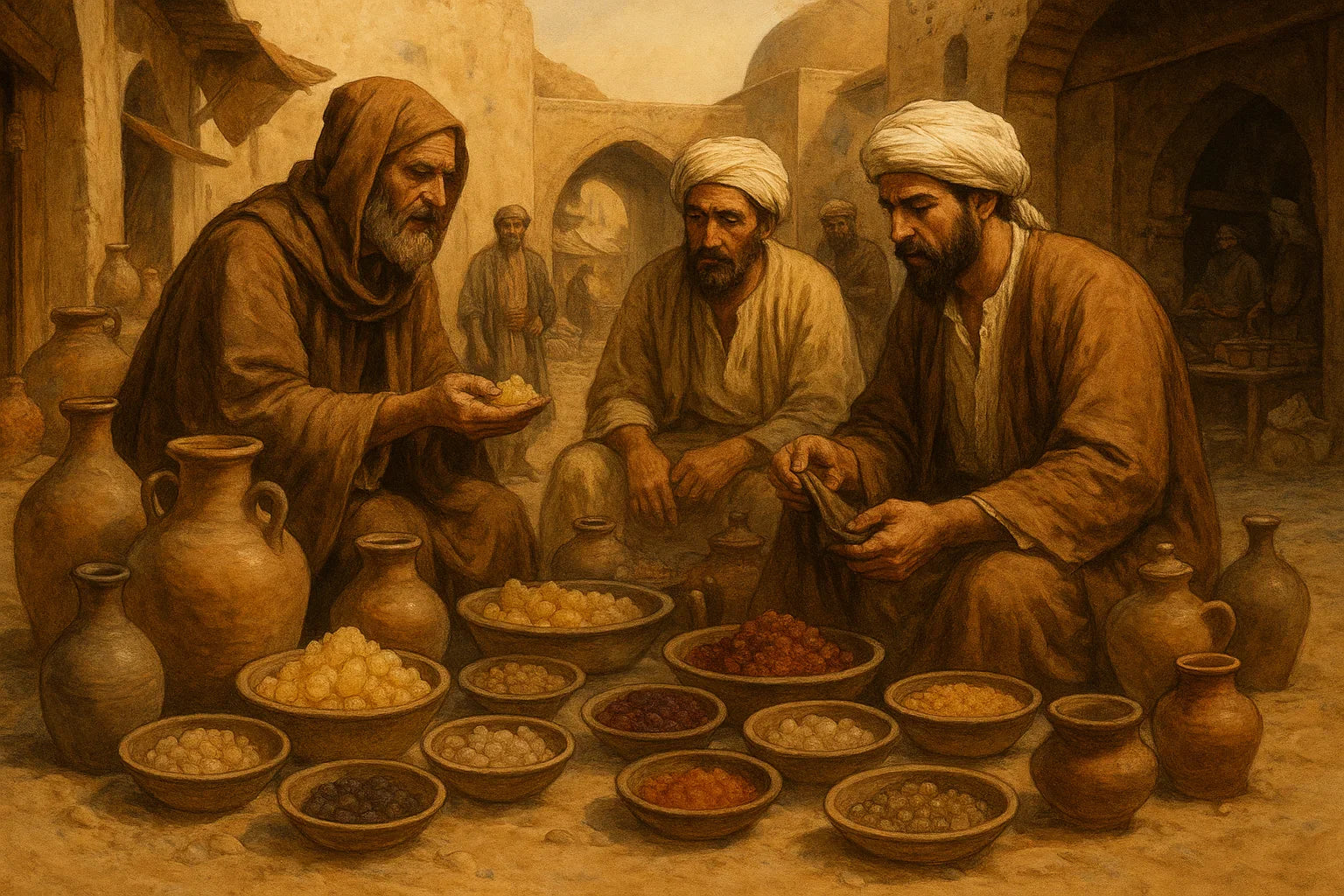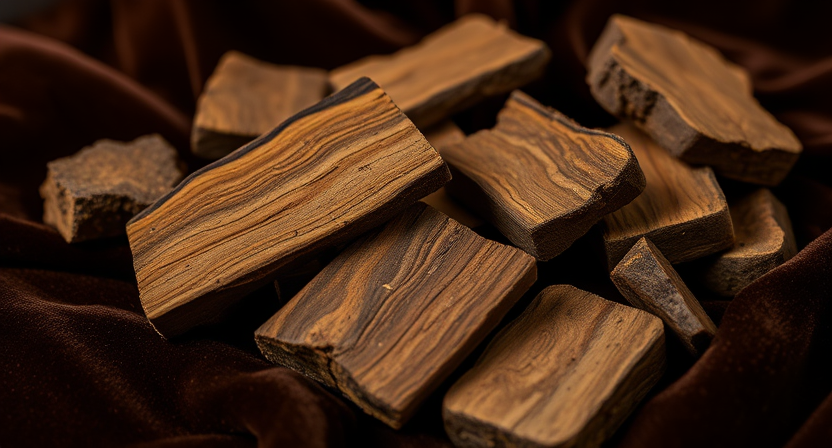
Why Is Oud Wood So Expensive?
Introduction
Oud, often referred to as "liquid gold," is one of the rarest and most expensive fragrance ingredients in the world. Used in luxury perfumes, traditional medicine, and religious rituals, its high price is due to its rarity, complex extraction process, and soaring global demand. But why exactly is oud wood so expensive? This article explores the factors that contribute to its premium cost.
What Is Oud Wood?

Oud wood is derived from the Aquilaria tree, native to Southeast Asia and the Indian subcontinent. When these trees become infected by a specific type of mold (Phialophora parasitica), they produce a dark, fragrant resin as a defense mechanism. This resin-impregnated wood is what we call oud.
The scent of oud is deep, woody, and complex, with varying notes depending on its origin, age, and processing method. High-quality oud is highly sought after in luxury perfumery and traditional medicine.
The Complex Extraction Process

The process of obtaining oud is incredibly labor-intensive and time-consuming, which significantly adds to its cost. Below is a step-by-step look at how oud is harvested and processed:
- Identifying the Right Trees: Not all Aquilaria trees develop the resin. Only a small percentage of wild trees naturally produce oud.
- Aging Process: The resin formation can take anywhere from 10 to 30 years.
- Harvesting: Trees are carefully felled or sustainably pruned to extract the infected wood.
- Distillation: The oud resin undergoes hydro-distillation, a process that can take weeks, to extract the essential oil.
- Aging the Oil: Many high-end oud oils are aged further to deepen their complexity and scent profile.
This intricate process, coupled with the uncertainty of resin formation, makes oud one of the most expensive raw materials in the fragrance industry.
Why Is Oud So Rare?

1. Limited Natural Occurrence
Only a small fraction of Aquilaria trees produce the precious oud resin, making naturally occurring oud extremely rare.
2. Overharvesting and Deforestation
Due to high demand, Aquilaria trees have been overharvested, leading to their classification as a threatened species. This has prompted conservation efforts and regulations, further limiting supply.
3. Lengthy Maturation Process
Oud resin takes decades to develop, which means that immediate large-scale production is impossible.
4. High Global Demand
Oud is highly prized in Middle Eastern and South Asian cultures, where it is used in religious ceremonies, perfumery, and traditional medicine. This consistent demand drives up prices.
Economic and Market Analysis
The global oud market is a billion-dollar industry, with major production hubs in countries like India, Cambodia, Indonesia, and Laos. Key market trends include:
- Surging Middle Eastern and Asian Demand: Luxury perfume houses and traditional buyers continue to drive demand.
- Rising Prices: Some varieties of oud oil can sell for up to $50,000 per kilogram.
- Regulatory Constraints: Many governments have imposed strict controls on oud harvesting to prevent illegal deforestation.
- Growth of Synthetic Oud: As natural oud becomes scarcer, fragrance companies are investing in lab-created alternatives.
Oud vs. Other Precious Woods

| Wood Type | Source | Use | Price Comparison |
|---|---|---|---|
| Oud | Aquilaria tree | Perfumery, medicine, rituals | Most expensive |
| Sandalwood | Santalum tree | Perfumes, cosmetics, incense | High but lower than oud |
| Cedarwood | Cedar tree | Aromatherapy, furniture | Moderately priced |
| Ambergris | Whale secretion | Perfume fixative | Expensive but varies |
Compared to other precious woods, oud stands out due to its rarity and intricate extraction process, making it one of the most valuable natural resources in the fragrance industry.
Profiles of Traditional Oud Producers

Across Southeast Asia and the Middle East, traditional oud artisans dedicate their lives to crafting high-quality oud oil. Some well-known regions include:
- Assam, India: Known for producing some of the richest oud oils.
- Cambodia: Famed for its sweet and soft oud varieties.
- Laos: Produces high-resin-content oud, often used in niche perfumery.
- The Middle East: Houses luxury oud distillers catering to elite clients.
The craftsmanship of these artisans, combined with traditional distillation methods, adds to the exclusivity and high price of genuine oud.
Synthetic Oud: A Cost-Effective Alternative?

With the rising cost of natural oud, synthetic oud has emerged as a viable alternative. Lab-created oud offers a more sustainable option while mimicking the signature woody aroma. However, purists argue that synthetic versions lack the depth and complexity of authentic oud.
Conclusion

Oud’s extraordinary price tag is justified by its rarity, complex extraction process, high demand, and cultural significance. While sustainable farming and synthetic oud alternatives are emerging, natural oud remains one of the most luxurious and sought-after fragrance ingredients in the world.
For those who appreciate fine perfumery, oud offers an unparalleled olfactory experience—one steeped in tradition, craftsmanship, and exclusivity.
Interested in experiencing authentic oud? Explore our premium oud collection at Wani Perfumes.
